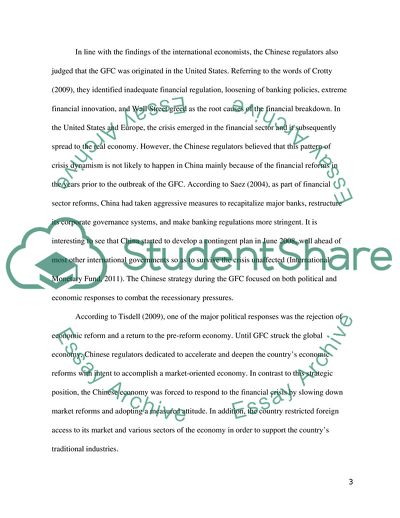Cite this document
(Chinas Strategy during Global Financial Crisis Essay Example | Topics and Well Written Essays - 2750 words, n.d.)
Chinas Strategy during Global Financial Crisis Essay Example | Topics and Well Written Essays - 2750 words. https://studentshare.org/macro-microeconomics/1842333-china-and-global-financial-crisis
Chinas Strategy during Global Financial Crisis Essay Example | Topics and Well Written Essays - 2750 words. https://studentshare.org/macro-microeconomics/1842333-china-and-global-financial-crisis
(Chinas Strategy During Global Financial Crisis Essay Example | Topics and Well Written Essays - 2750 Words)
Chinas Strategy During Global Financial Crisis Essay Example | Topics and Well Written Essays - 2750 Words. https://studentshare.org/macro-microeconomics/1842333-china-and-global-financial-crisis.
Chinas Strategy During Global Financial Crisis Essay Example | Topics and Well Written Essays - 2750 Words. https://studentshare.org/macro-microeconomics/1842333-china-and-global-financial-crisis.
“Chinas Strategy During Global Financial Crisis Essay Example | Topics and Well Written Essays - 2750 Words”. https://studentshare.org/macro-microeconomics/1842333-china-and-global-financial-crisis.


